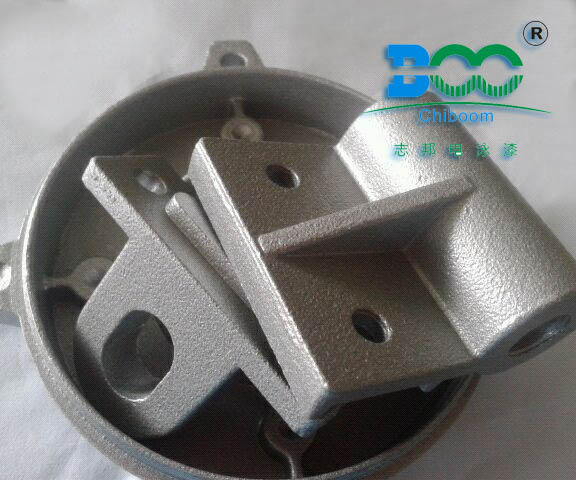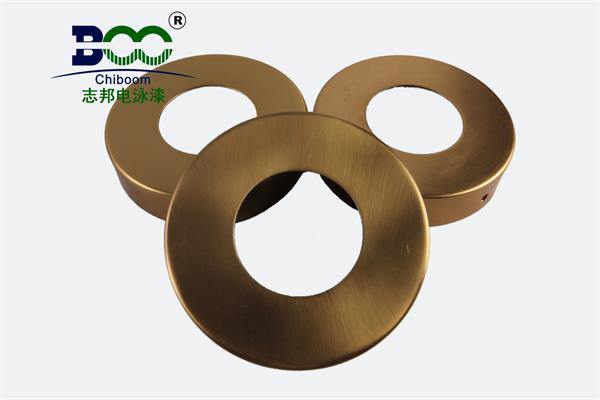Testing Standards for Electrophoretic Paint Adhesion
In the coating industry, electrophoretic paint, as an efficient and environmentally friendly coating form, is widely used in various fields such as automobiles, home appliances, and hardware. Its excellent corrosion resistance, decorative properties, and processing capabilities make electrophoretic coating an indispensable part of modern industry. However, the adhesion of electrophoretic paint, as a crucial indicator of coating quality, directly affects the product's service life and safety. Therefore, establishing and implementing strict testing standards for electrophoretic paint adhesion is of great significance for ensuring product quality and enhancing market competitiveness.
The testing standards for electrophoretic paint adhesion, in essence, are a series of specifications and procedures used to evaluate the bonding strength between the electrophoretic coating and the substrate. These standards typically cover testing methods, testing conditions, evaluation criteria, and other aspects, aiming to accurately reflect the adhesion performance of electrophoretic coatings through scientific and objective means.
In terms of testing methods, common adhesion tests for electrophoretic paint include the cross-cut test, the circle-grid test, the pull-off test, and peel tests. Among them, the cross-cut test is the most commonly used method. It involves scratching a series of regular grids on the coating surface and then using adhesive tape to adhere and quickly peel it off, observing the coating detachment to assess the adhesion level. This method is simple and straightforward, providing a visual representation of the bonding strength between the coating and the substrate.

The setting of testing conditions is also a critical factor affecting test results. To ensure the accuracy and repeatability of test results, it is necessary to strictly control the temperature, humidity, wind speed, and other conditions of the testing environment. Additionally, selecting testing equipment and materials that meet standards is essential. For different types of substrates and coating systems, it is necessary to adjust testing parameters according to specific conditions to ensure the applicability of test results.
Evaluation criteria compare test results with preset qualification standards to determine whether the electrophoretic coating meets requirements. These standards are typically based on extensive experimental data and practical application experience, making them highly scientific and authoritative. During the evaluation process, it is necessary to comprehensively consider factors such as the detachment area, detachment morphology, and substrate exposure to fully assess the adhesion performance of the coating.
Implementing electrophoretic paint adhesion testing standards not only helps enterprises improve product quality and brand image but also promotes the healthy development of the entire industry. Through rigorous testing procedures and standard judgments, problems and hidden dangers in the electrophoretic coating process can be identified and resolved promptly, preventing unqualified products from entering the market and causing losses. Additionally, the unification and standardization of testing standards contribute to technological innovation and industrial upgrading, enhancing the competitiveness and sustainable development capabilities of the entire industry.
In conclusion, the testing standards for electrophoretic paint adhesion serve as a solid defense for ensuring coating quality. Only by strictly enforcing these standards and continuously optimizing and improving testing methods and evaluation systems can we ensure that the quality and performance of electrophoretic coating products reach their optimal state, meeting market and consumer demands.





 WeChat
WeChat